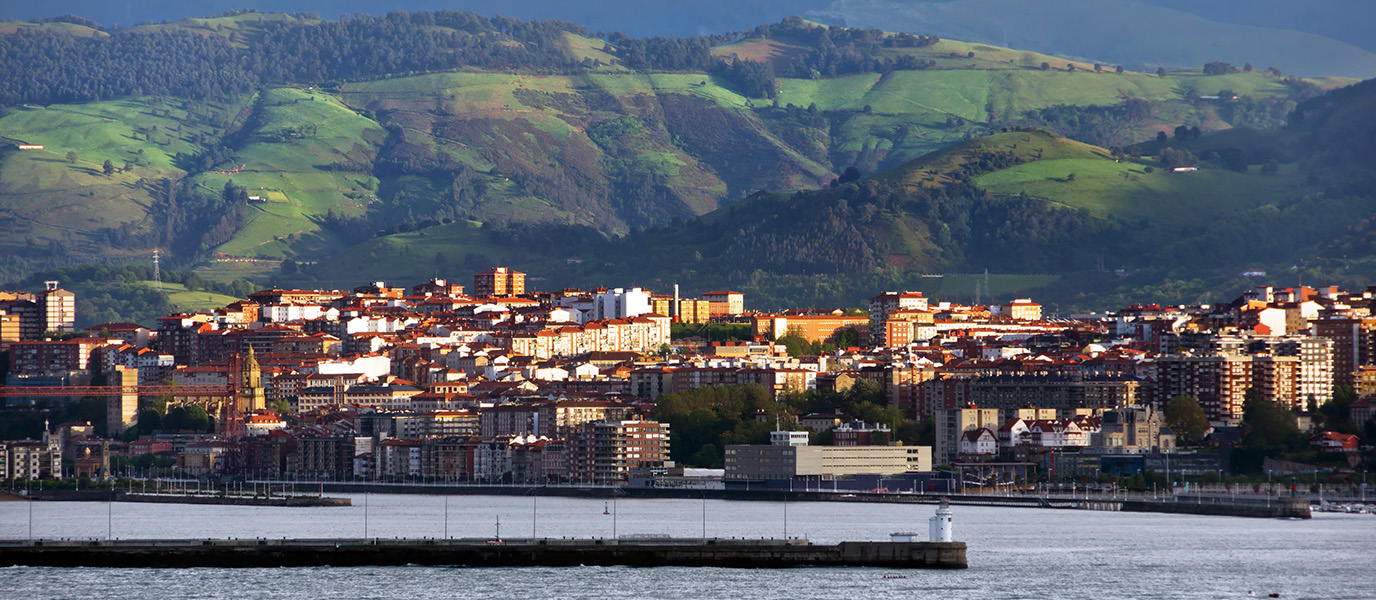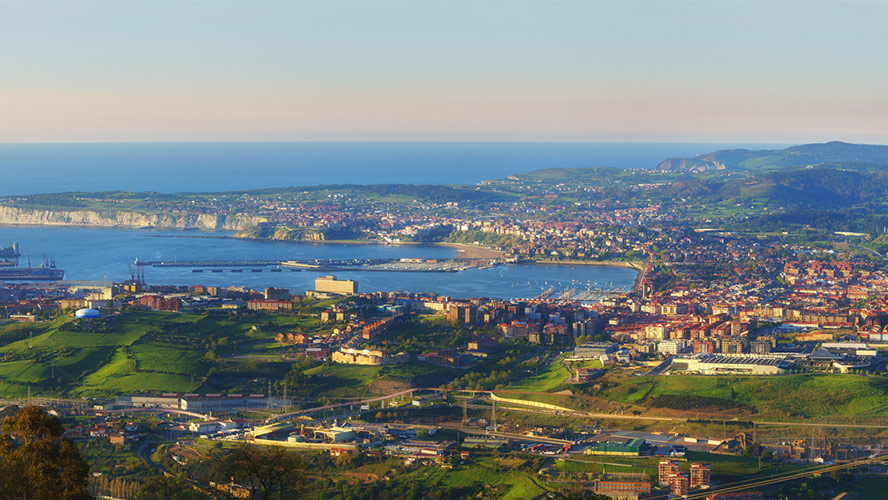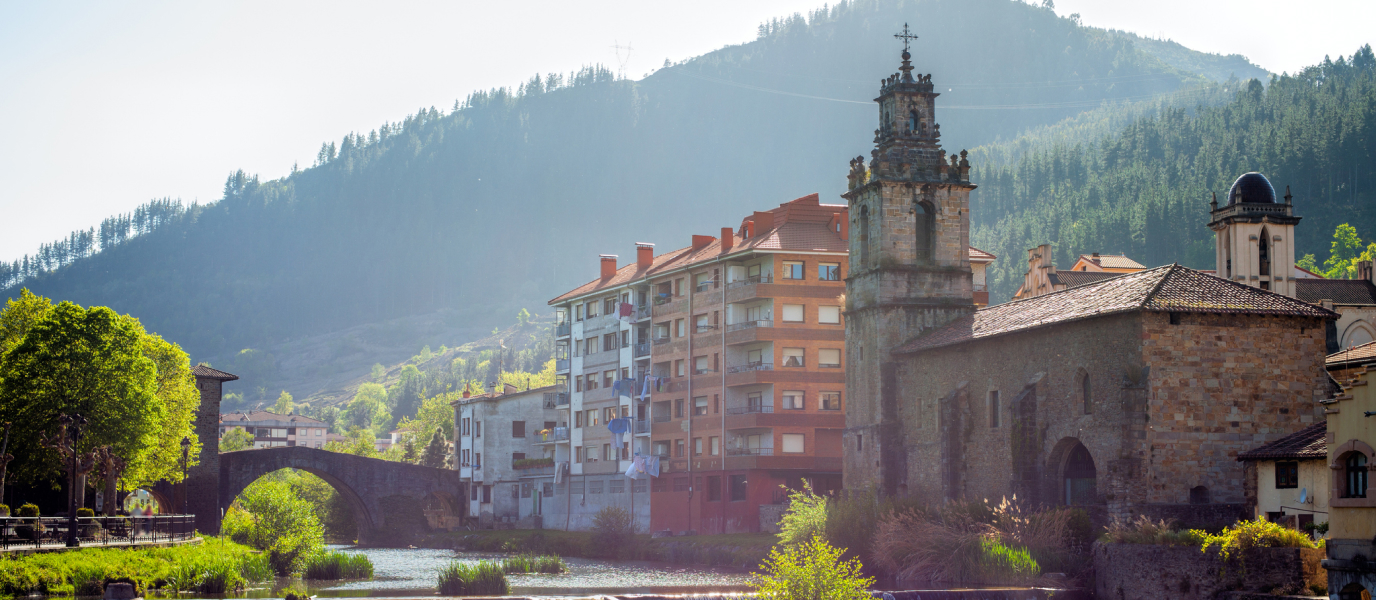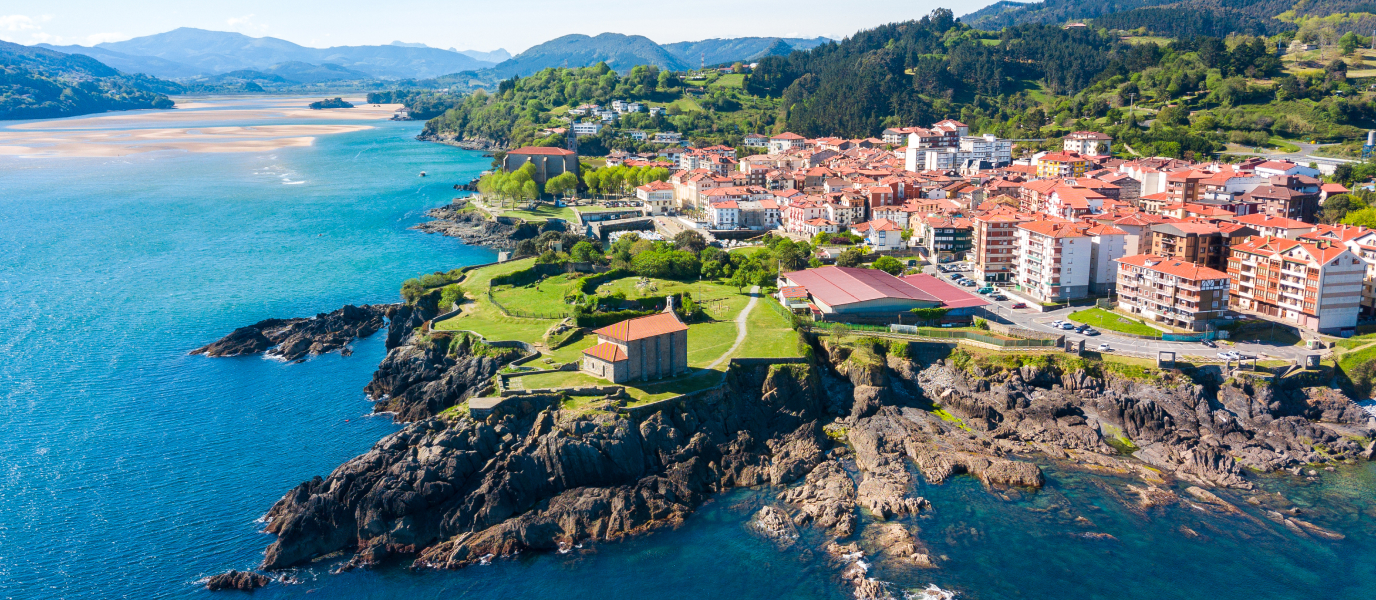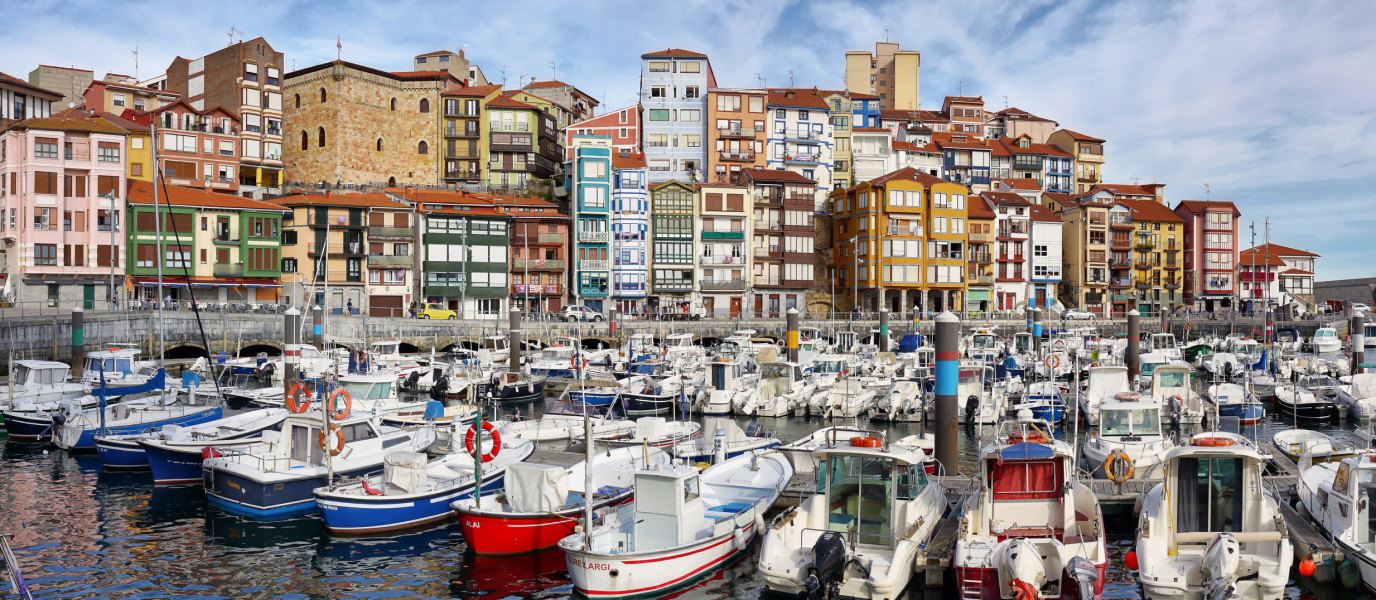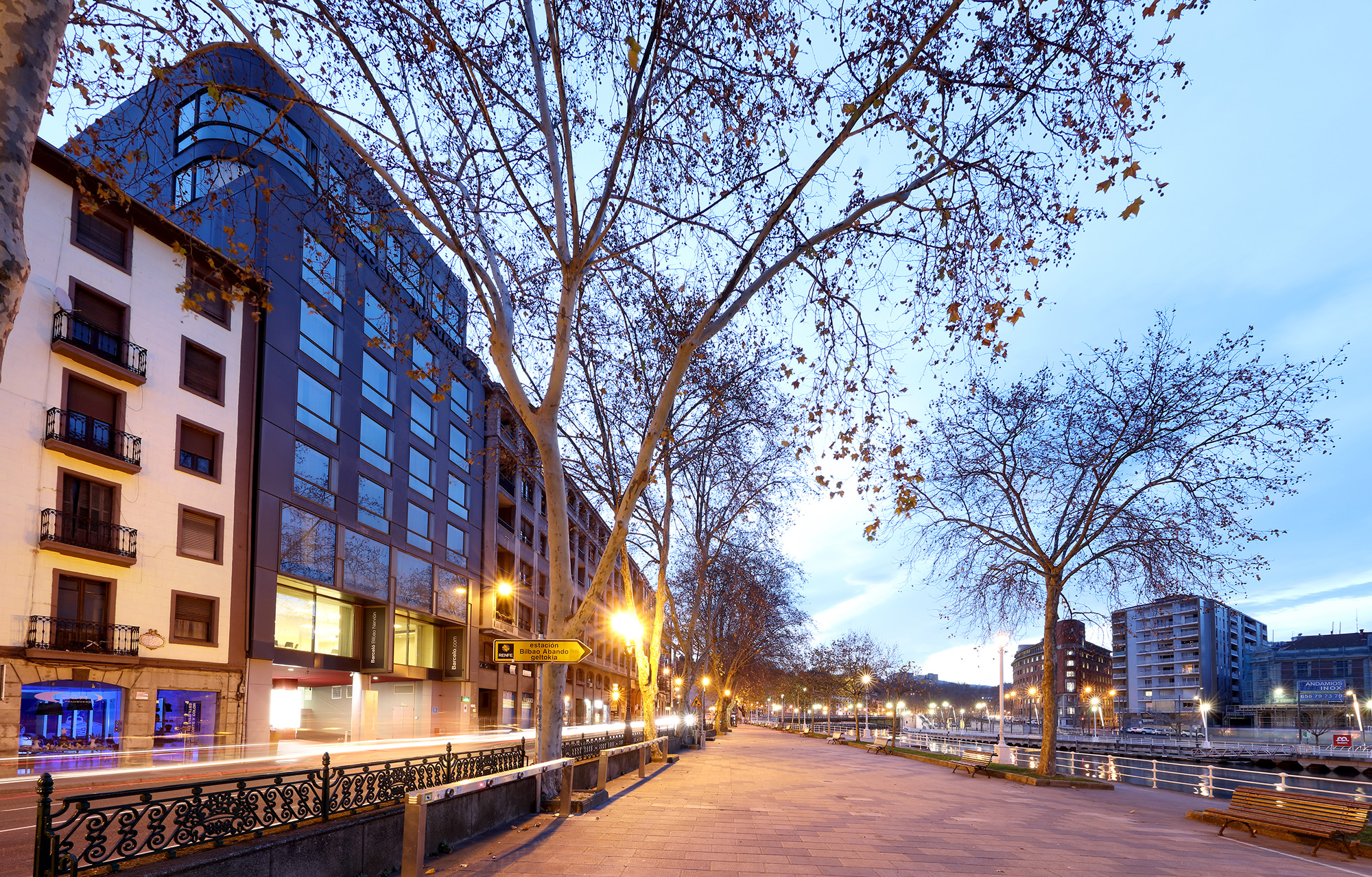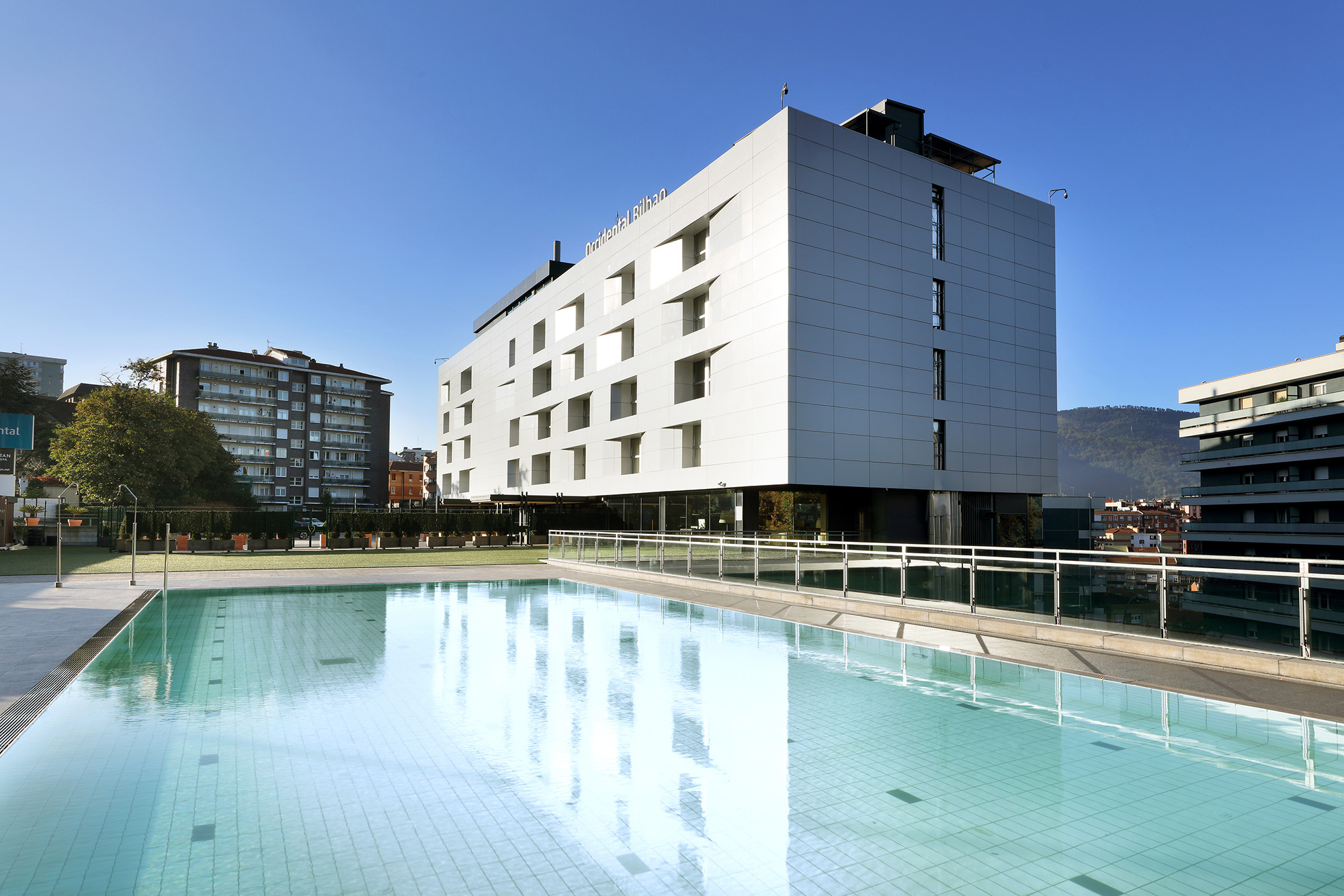Located on the left bank of the Bilbao Estuary at the foot of Mount Serantes, Santurtzi is a beautiful fishing port bordering the municipalities of Portugalete and Getxo. With roughly 50,000 inhabitants, it has a distinct seafaring flavour. It is the perfect place to explore the estuary by boat and learn about the area’s industrial past. You can also take a stroll along Santurtzi’s seafront promenade to admire its architectural heritage.
Santurtzi’s main attractions include the Iglesia de San Jorge church; its Town Hall, with two slate-clad domes and an interior staircase surrounded by stained glass windows; the Oriol Palace; and the monument to the Virgen del Carmen, the patron saint of this Biscay town. Every 16th July, the fishers of Santurtzi carry the image of the Virgin on their shoulders in an emotive procession that pays tribute to those who have lost their lives at sea.
On the Paseo de Iparraguirre, there is a monument to ‘La Sardinera’ which includes lyrics from the famous song ‘Desde Santurce a Bilbao.’
Another attraction is the open-air Sculpture Museum, consisting of 14 sculptures which have been signed and donated by artists and distributed at various points around the town.
- History of Santurtzi (Santurce)
- Abra Bay
- Santurtzi Port
- Oriol Palace
- Eating grilled sardines in Santurtzi
- Where to stay close to Santurtzi
History of Santurtzi (Santurce)
A constituent part of the unofficial comarca of Greater Bilbao, Santurtzi was one of the famous Three Councils of the Somorrostro Valley until the early 19th century. It forms part of the Las Encartaciones, or Enkarterri, comarca. It is said that the present-day Iglesia de San Jorge church was once a monastery founded by English monks fleeing religious conflicts, and that the town of Santurtzi developed around this religious building.
It is believed that the name Santurtzi (Santurce, in Spanish) derives from the Latin ‘Sancti Georgis.’ The first recorded evidence of this Latin name has been traced back to 1075, with documents mentioning the Monasterium Sancti Georgis. In the Middle Ages, at roughly 1333, the municipality became known as Santurce.
Over the course of history, Santurtzi has had 17 different names. In 1901, the municipality was divided in two: the inland part, known as the Mining Zone, was renamed ‘Santurce Ortulla’; and the coastal part was renamed ‘Santurce Antiguo’. Currently, Santurtzi is the town’s only official name.
Abra Bay
The towns of Santurtzi, Getxo and Portugalete make up Abra Bay, which is also referred to as the Bay of Bilbao or the Bay of Biscay. The bay begins at the Santurtzi Fishermen’s Guild and ends at the La Galea coastline, passing beneath the famous Viscaya Bridge that connects the Getxo neighbourhood of Las Arenas to Portugalete.
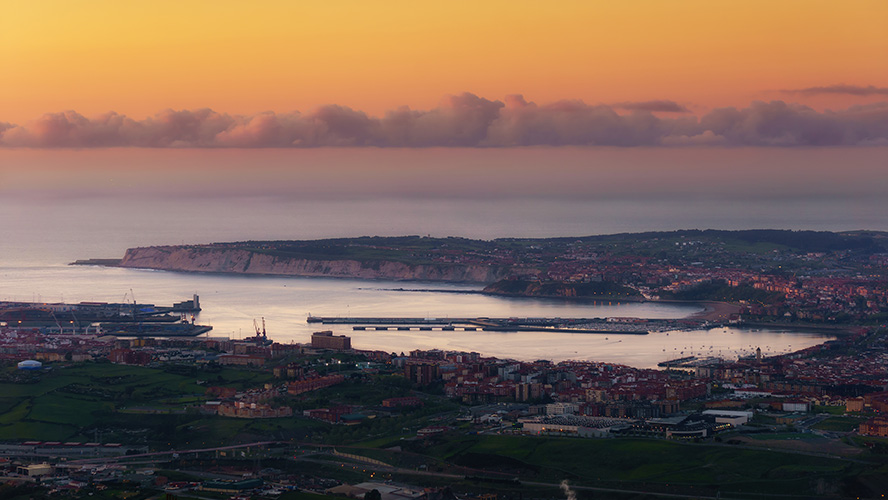
Santurtzi Port
As one might expect after reading the above, Santurtzi is a town that looks out to sea. When you approach its port, you’ll likely catch sight of local fishers unloading fresh fish from their boats. This produce is sold at the local fish market, which is housed in the century-old Casa de Venta de Pescado, which was built in 1916. In addition to the fish market, this building also houses the Hogar del Pescador restaurant, the Tourist Office and the Information Centre, which provides details on the town’s seafaring past.
If you wish, you can also immerse yourself in the history of Santurtzi by sailing on the Agutza Museum Boat, one of the last traditional wooden fishing boats made in Santurtzi. You can also take a guided tour to learn more about tuna fishing and discover what life was like for the arrantzales (fishermen), without forgetting the important work played by women in the community. You could also attend one of the dramatised tours led by Carmen—a traditional sardinera, or sardine seller—and two other characters, which shine a light on the history and traditions of this fishing village.
An image of the Virgen del Carmen, the patron saint of fishers and Santurtzi, presides over the port.
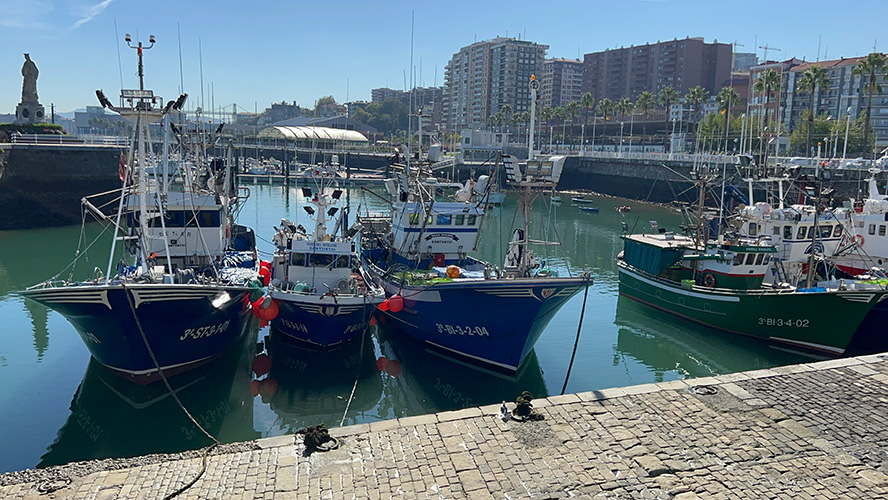
Oriol Palace
The spectacular Oriol Palace offers magnificent views across Abra Bay. This Belle Époque building encapsulates the elegant architecture of the early 20th century, which predominated in this summer resort for the incipient Basque bourgeoisie. After visiting Oriol Palace, you can take a break on one of the terraces next to the nearby Iglesia de San Jorge church.
Eating grilled sardines in Santurtzi
No visitor should leave Santurtzi without sampling one of its local delicacies: grilled sardines. If you get the chance, head to the Fisherman’s Guild and ask how to find the Hogar del Pescador Restaurant, also known as ‘Mandanga Restaurant,’ which has been preparing grilled fish, seafood and meat for more than 50 years. It is said that Mandanga and Aurora cook sardines better than anyone in Santurtzi. They’ve even appeared on Japanese television, such is their reputation. But don’t worry if the restaurant is fully booked, as there are plenty of other places in Santurtzi to enjoy this delicacy.


























































